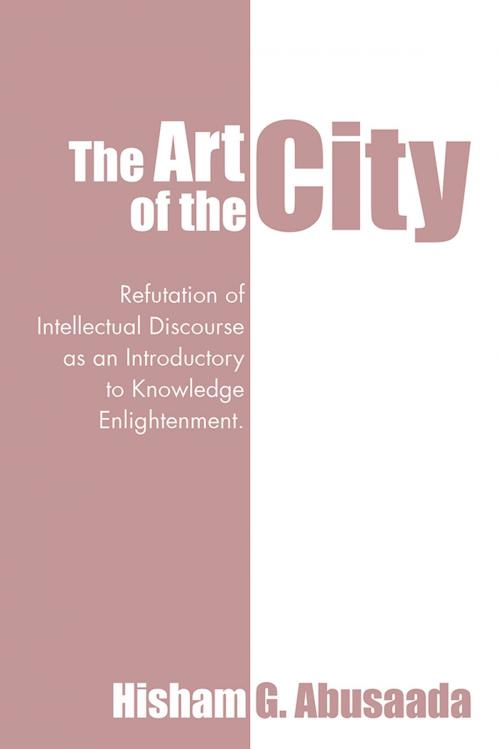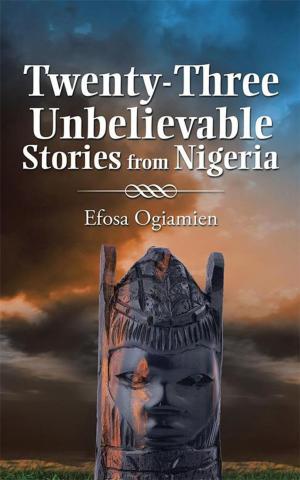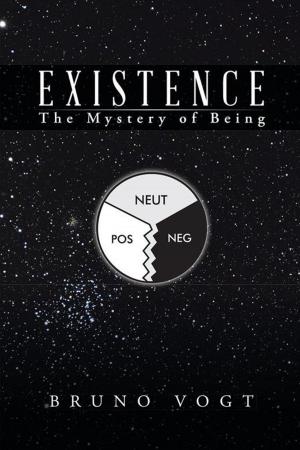The Art of the City
Refutation of Intellectual Discourse as an Introductory to Knowledge Enlightenment.
Nonfiction, Art & Architecture, General Art, Reference & Language, Education & Teaching, History| Author: | Hisham G. Abusaada | ISBN: | 9781482810066 |
| Publisher: | Partridge Publishing Africa | Publication: | September 29, 2015 |
| Imprint: | Partridge Publishing Africa | Language: | English |
| Author: | Hisham G. Abusaada |
| ISBN: | 9781482810066 |
| Publisher: | Partridge Publishing Africa |
| Publication: | September 29, 2015 |
| Imprint: | Partridge Publishing Africa |
| Language: | English |
Few members from the different groups of Egyptian architects suffer from the assumption of what can be known as intellectual illiteracy in the realm of urban design. This work discusses the theme illiteracy of thought versus intellectual ability, which is necessary for this area of cognitive thinking for to raise professional aptitude. It explains some determinations, indicators, and characteristics beyond specialists' ways of thinking and focuses on the fundamental difference between intellectual illiteracy and intellectual ability. The main purpose is intellectual literacy, which is needed to activate the methods of self-criticism on two sidesthe learning side with cognitive styles and the side of professional practice. With an emphasis on the importance of the study of history to be the intro to provide knowledge to professionals. This book presents the concepts of cognitive and learning style and the intellectual human capital as frameworks to inquire about the IIUD. Consequently, to achieve this intent, the capability to take advantage from self-criticism techniques must be inquired. Aforementioned helps to explore the meanings, concepts, and linkage with IIUD through an area of specialization. In addition to, identifying what the abilities and methods are to measure, and how to integrate into theoretical instruction and learning by practice. This work employ the concepts of intellectual human capital, knowledge management, cognitive style, learning style, and the notion of urban design paradigm and theory. Using it as a framework to decode the talisman (or myth) of the intellectual illiteracy in the field of interdisciplinary urban design and decantation of its manifestations. Moreover, identifying the measurement of the intellectual ability and use it to be the integration between the school of education and learning experience through practice. Attempts will be presented to cover the relationship between illiteracy and intellectual capacity. The major dilemma is whether professional experts in the field of urban design will accept a paradigm shift in the area of specialization or if they will reject it. At the end of this book submission a declaration or an Egyptian document written (Manifesto), to formulate some guidelines for the development of the work of some researchers, scholars and specialists method. It concludes by formulating some suggestions for developing the working style of investigators in the direction of improving the intellectual ability/capacity. As well as, to accept the transformations, as well as how to get rid of the intellectual illiteracy in the field of urban design interdisciplinary.
Few members from the different groups of Egyptian architects suffer from the assumption of what can be known as intellectual illiteracy in the realm of urban design. This work discusses the theme illiteracy of thought versus intellectual ability, which is necessary for this area of cognitive thinking for to raise professional aptitude. It explains some determinations, indicators, and characteristics beyond specialists' ways of thinking and focuses on the fundamental difference between intellectual illiteracy and intellectual ability. The main purpose is intellectual literacy, which is needed to activate the methods of self-criticism on two sidesthe learning side with cognitive styles and the side of professional practice. With an emphasis on the importance of the study of history to be the intro to provide knowledge to professionals. This book presents the concepts of cognitive and learning style and the intellectual human capital as frameworks to inquire about the IIUD. Consequently, to achieve this intent, the capability to take advantage from self-criticism techniques must be inquired. Aforementioned helps to explore the meanings, concepts, and linkage with IIUD through an area of specialization. In addition to, identifying what the abilities and methods are to measure, and how to integrate into theoretical instruction and learning by practice. This work employ the concepts of intellectual human capital, knowledge management, cognitive style, learning style, and the notion of urban design paradigm and theory. Using it as a framework to decode the talisman (or myth) of the intellectual illiteracy in the field of interdisciplinary urban design and decantation of its manifestations. Moreover, identifying the measurement of the intellectual ability and use it to be the integration between the school of education and learning experience through practice. Attempts will be presented to cover the relationship between illiteracy and intellectual capacity. The major dilemma is whether professional experts in the field of urban design will accept a paradigm shift in the area of specialization or if they will reject it. At the end of this book submission a declaration or an Egyptian document written (Manifesto), to formulate some guidelines for the development of the work of some researchers, scholars and specialists method. It concludes by formulating some suggestions for developing the working style of investigators in the direction of improving the intellectual ability/capacity. As well as, to accept the transformations, as well as how to get rid of the intellectual illiteracy in the field of urban design interdisciplinary.















